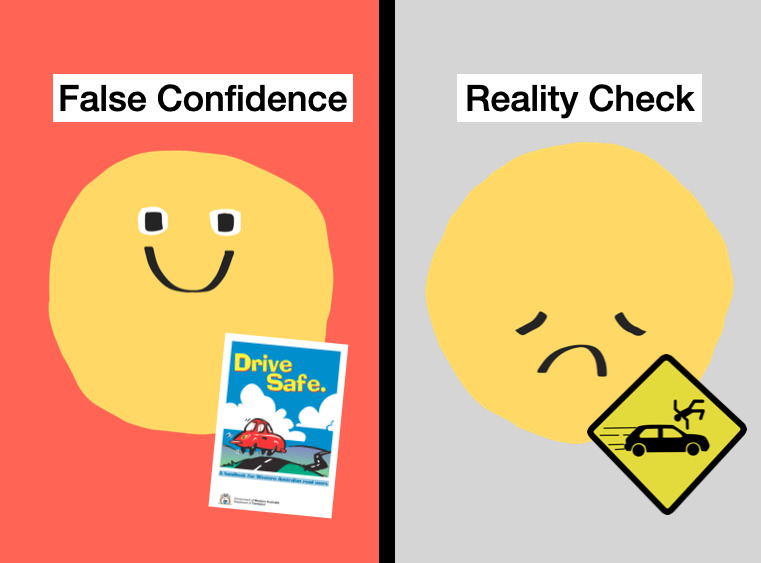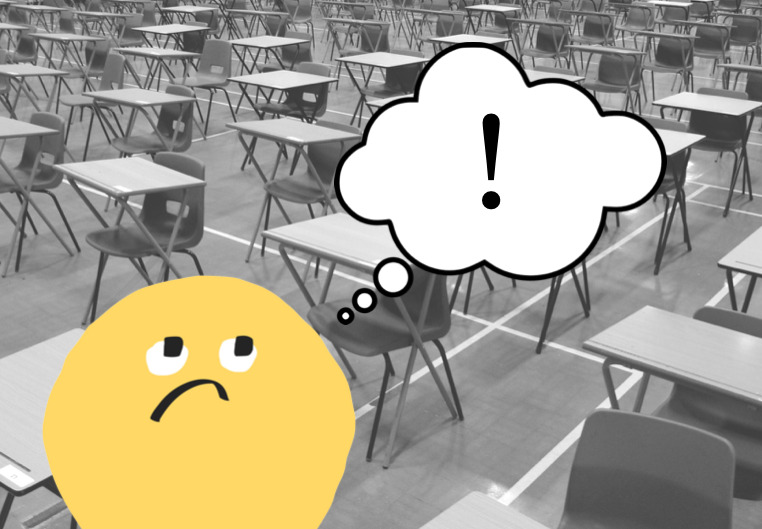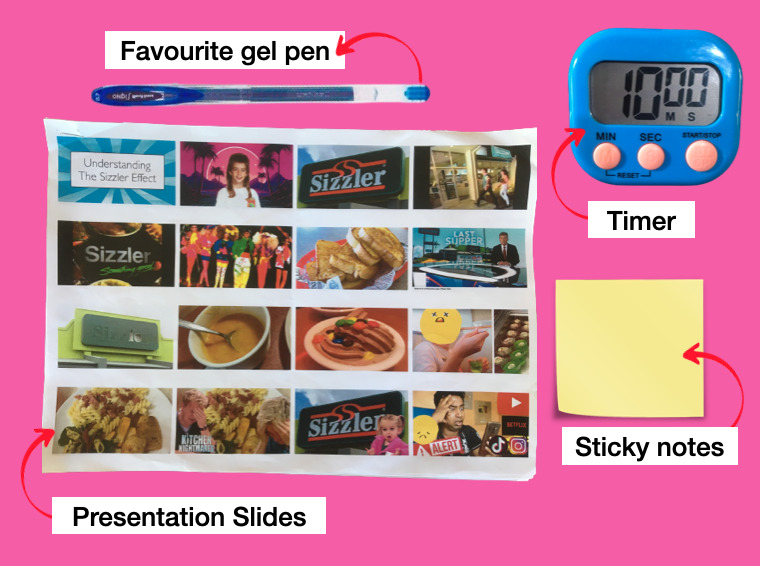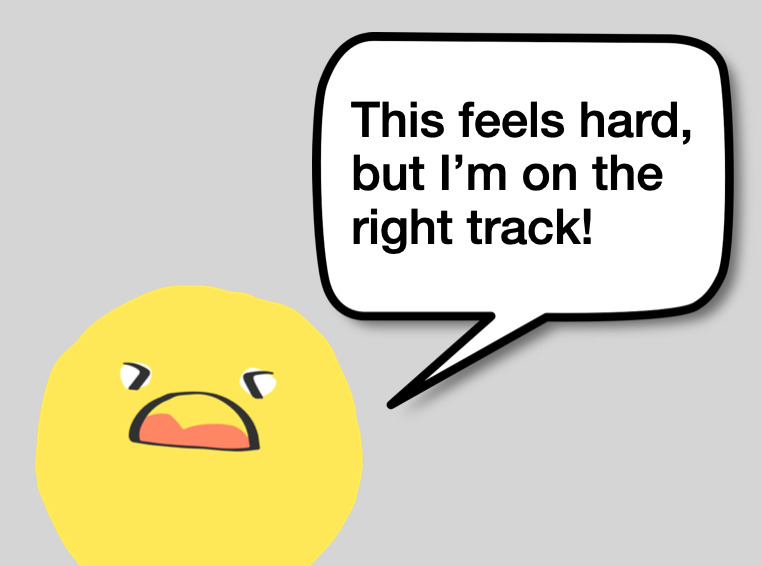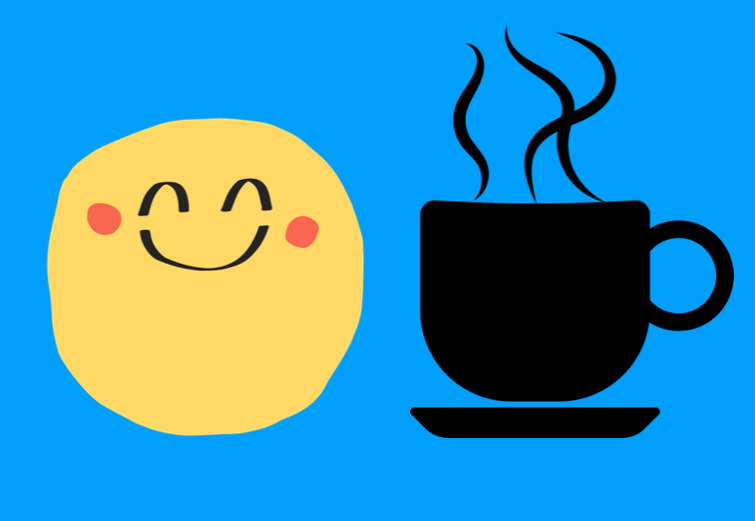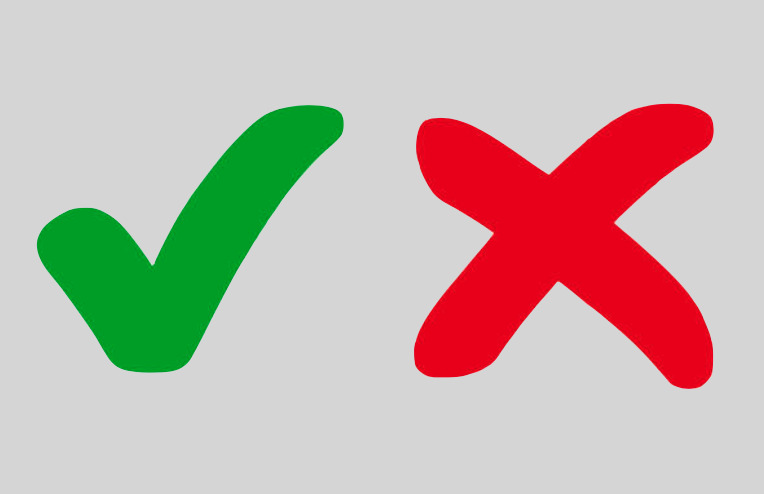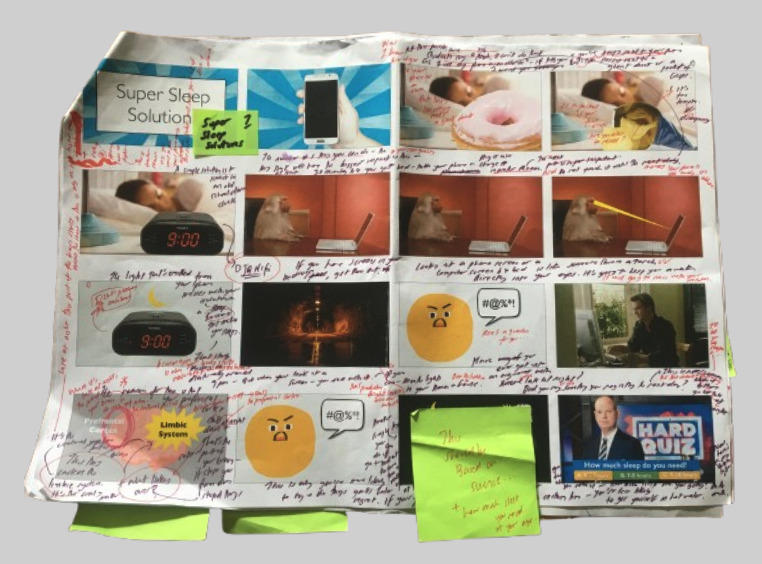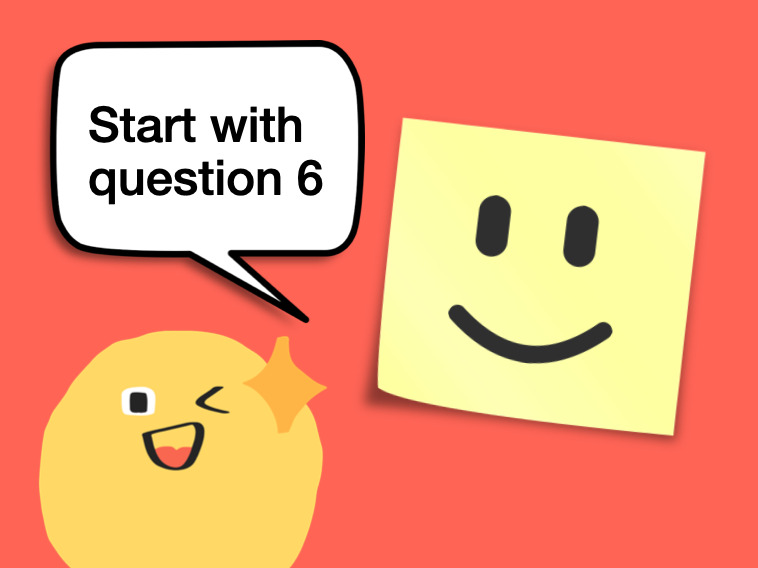The way you succeed in an exam is the same way you succeed in a driving test.
You need to practice. And practice in a particular way.
If you’re preparing for a driving test, you can’t just study the Drive Safe Handbook (i.e., the theory and road rules).
You need to get behind the wheel of a car and drive.
Yes, it can feel uncomfortable and scary to begin with. But you’ll only improve your driving skills by pushing through the discomfort, placing your hands on the wheel and your foot on the accelerator.
If a person spent all their time only studying the road rules and never getting behind the wheel of a car, how would they go in the driving test?
It would be disastrous!
Yet, many students are approaching exams in a similar way.
These students are doing the equivalent of only studying the road rules handbook before the exam.
Here’s how they prepare for academic exams:
• By creating beautiful sets of notes
• By rereading their books and notes
• By highlighting their books and notes
• By rewriting their notes
• By summarising their notes
These are not effective ways to prepare for an exam.
Do these ways of revising feel nice and easy?
Yes. They certainly do.
But are they effective ways to remember information?
No.
Think about it like this . . .
What do you need to do in most academic tests and exams?
You have to read questions and pull the information out of your brain. Most of the time, you can’t look at your notes and books.
It’s just you and your brain.
You’re not being assessed on your ability to summarise information, your ability to reread your notes, or highlight information. So, why would you prepare for an exam in that way?
The best way to prepare for an exam is by practising remembering information. This is how you become masterful at answering questions with accuracy, speed, and confidence.
You don’t get that speed, confidence, and deep understanding by rereading your books and notes.
If you reread as an exam revision strategy, the only confidence you develop is fool’s confidence. You delude yourself into thinking you know it (“I’m ready!”). After reading your notes a few times, the ideas feel familiar to you (“I know this stuff”).
But trust me, you’ll struggle to retrieve the information in the exam.
Imagine yourself driving through red lights and failing to take the handbrake off before you leave the parking lot: that’s you . . . and it’s a fail.
I know this may sound harsh. But I’m speaking from personal experience.
In high school, it felt good to highlight my notes and reread them leading up to an exam. However, when it came crunch time, I was stressed out in the exam because I couldn’t retrieve the information. I felt embarrassed and confused by my results.
“But I studied so hard!” I’d cry. Why didn’t all those of hours of reading translate to better grades?
I wish someone had gently explained to me, “Yes, you did study hard. But you didn’t study effectively”.
Fast forward 20 years and I’ve learnt how to study smarter (not harder).
If I could have words with my younger self, I’d give myself the following advice:
“The best way to prepare for any test or exam is to use a learning technique called active recall.
Active recall involves testing yourself.
You push your notes and books to the side and try to bring to mind as much as you can about a topic you’ve already covered in class. For example, you can use a piece of paper to write or draw out what you can remember on the topic. Once you’ve exhausted your memory, you check your books and notes to see how you went.
Yes, this is challenging. But it delivers results.”
I use this technique to learn content for all my school presentations.
When I speak to a group of students, parents, or teachers, it may look like I’m casually explaining strategies, but all my presentations are carefully planned and practised.
If I didn’t do this critical prep work, I would end up rambling.
This is why two weeks ago, I started doing active recall to learn a new presentation —or at least, I thought I was doing active recall.
I pulled out a copy of my presentation slides that had my notes scribbled all over them.
Within the first five minutes, I had to stop and be honest with myself: I wasn’t doing active recall. I was reading my notes.
Many of us can fall into the trap of rereading when doing active recall.
As the Learning Scientists state in their book Ace That Test:
“When you try to bring information to mind from memory, it often feels really difficult. It can be really tempting to quit or try to look up all of the information in your notes or your textbook, but slipping into re-reading your notes or textbook will reduce learning. Instead, it is better to try to bring as much information to mind from your memory as you can, and only after you have tried this should you look in your notes, textbook, or other course materials to see what you got right and what you forgot or need to work on more.”
Reading your notes/books over and over again feels nice and easy. It doesn’t require a lot of strain and mental effort.
In contrast, active recall can make us feel clumsy and awkward, especially in the early stages of learning something new.
So, I asked myself the question:
How can I stop myself from rereading when I do active recall?
I brainstormed ideas and devised a plan. Then, I broke down the process and practised running through it several times. To my delight, it worked!
Whether you’re trying to learn a new presentation or preparing for an academic test or exam, here is a process you can follow to avoid the trap of rereading.
Step 1. Prepare the space for active recall
Clear away your notes, books, and any other distractions. Let’s face it: if your notes and phone are in front of you, it’s like having a packet of crisps or a bowl of lollies within arms’ reach. It’s too tempting.
Your notes are important (you need them for step 4), but for now, take them and place them away from your body in another room.
Active recall requires 100% of your brainpower. If your attention shifts from your study to your phone, the effectiveness of your active recall sessions decreases. This is why I highly recommend you put your phone away from your body in another room before you sit down to do active recall.
Once you’ve cleared away distractions, take out your practice exam paper or list of questions (in my case, a printout of my presentation slides) and get a pen, a timer, and some sticky notes.
Step 2. Set a timer for 10 minutes, and go!
Your goal for the next 10 minutes is to recall as much as possible. Exhaust your memory.
I scribble all over my slides (yes, it’s a messy process). If I run out of space on the page, I grab a sticky note, write the additional information on it, and then stick it down on the relevant slide.
During these 10 minutes, expect to experience some discomfort. In fact, welcome and celebrate the discomfort!
The discomfort is a sign that you are on the right track and deep learning is happening.
Step 3. Take a mini break (2-3 minutes)
Active recall can be mentally exhausting. After doing 10 minutes, reward yourself by taking a quick break. I usually get up and move my body. Sometimes, I make myself a warm drink or smoothie.
Before returning to your workstation, grab your notes or the answer sheet from the other room.
Step 4. How did you go?
It’s not enough to pull the information out of your brain. You have to see how you did (what you got right and wrong and where the gaps in your knowledge are).
So, how did you go?
At this point, enter teacher mode. Pretend to be a teacher giving yourself feedback.
I pull out my red gel pen, fun stamp and sticker collection, and highlighters.
Now is when it’s okay to look at your books and notes. Pull them out and begin marking up what you got right, wrong and anything important you missed.
In my case, if any presentation content is a bit rusty, I’ll highlight that section. The highlighter signals to my brain that this section needs extra practice.
It’s important to celebrate any content you recall correctly. Give yourself a tick, a fun stamp or sticker or draw a smiley face to congratulate yourself.
This is a process. It usually takes a few practice sessions to successfully retrieve the correct information. Encouraging yourself makes the process fun and gives you a feeling of success (“I’m making progress!”).
Step 5. What’s next?
Once you finish step 4, make a note for your future self: what question or section will you work on for your next active recall session?
This reduces decision fatigue. When you next sit down to study this subject, there’s no need to waste precious mental energy thinking, “What should I revise next?” Your brain knows exactly what it needs to do, and you can begin doing active recall straightaway.
Step 6. Reset your space
After you’ve decided on your starting point, prepare your workstation for your next active recall session (e.g., put your notes out of sight).
Final thoughts
These six steps work for me. But feel free to modify this process so it works for you. For example, it can help to do active recall with others (e.g., in a study group with friends testing each other). When everyone experiences the discomfort together, the process becomes less painful and more enjoyable.
Active recall works, but paradoxically, it feels like it’s not working. Often, when I do active recall nothing comes to mind. That’s normal! Don’t use this as an excuse to abandon this highly effective strategy and return to rereading, which is an ineffective strategy.
My advice is to trust the process. You need to persevere with this strategy for long enough to see with your own eyes that it works. Don’t expect instant results. This process takes time, but the results are well worth it.


